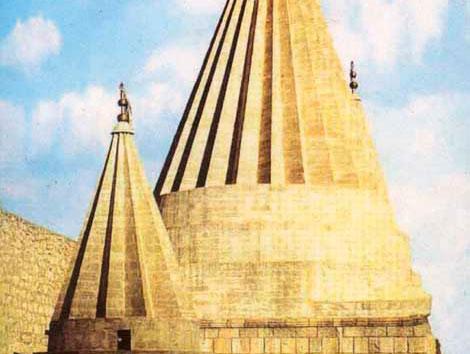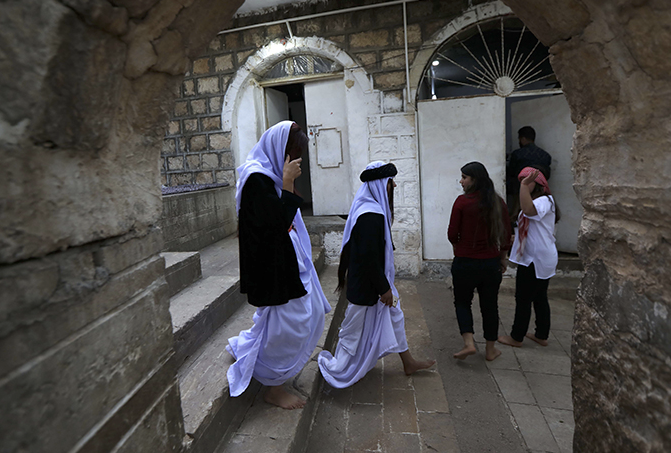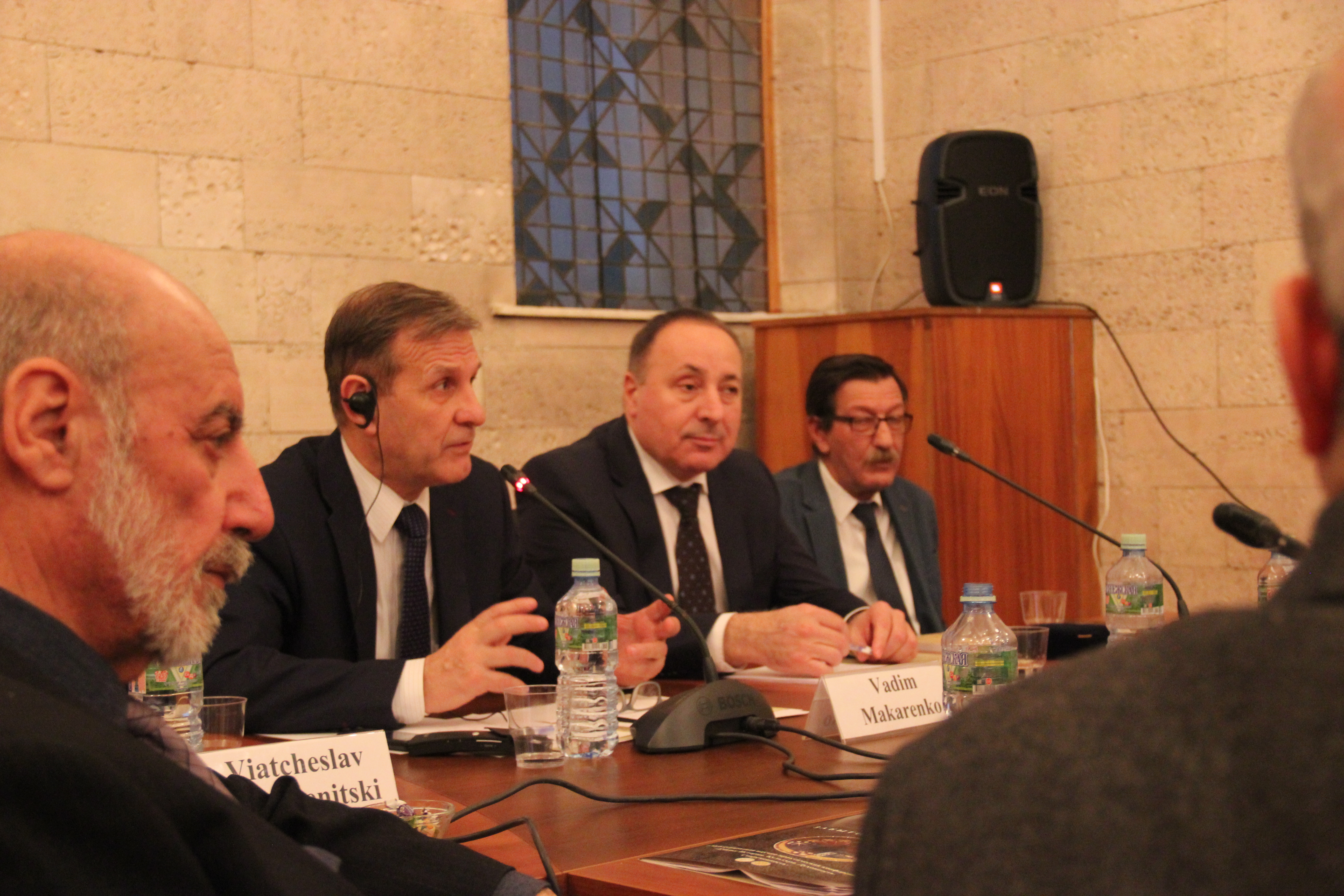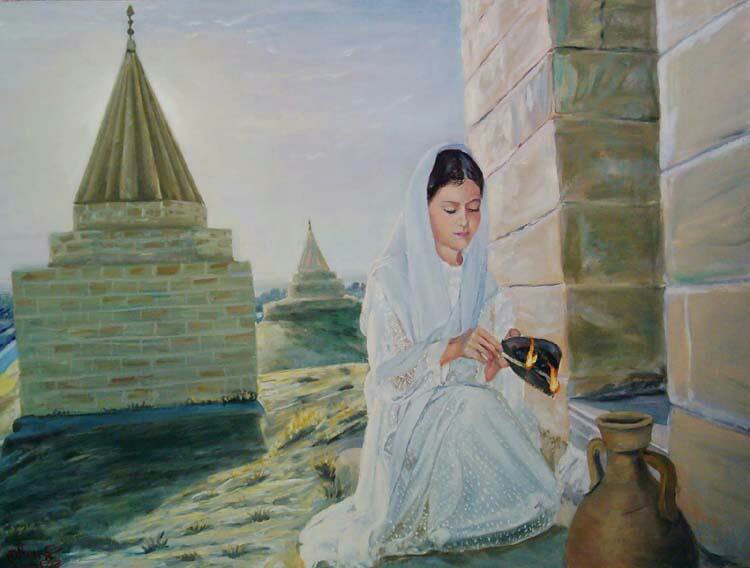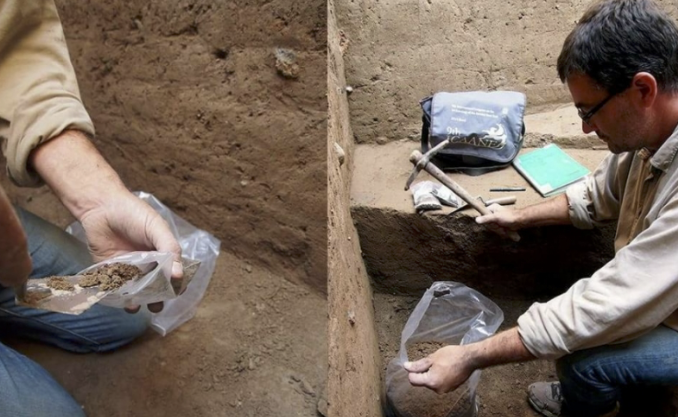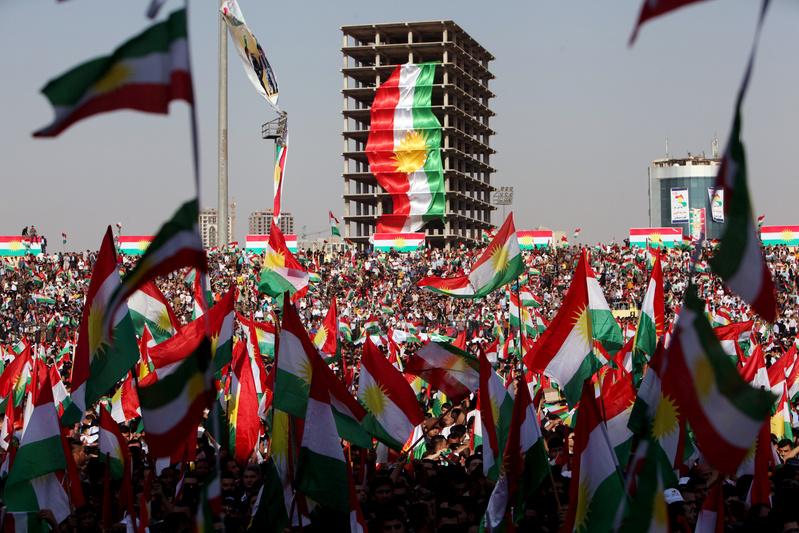Articles
Who are the Yazidis and why is Isis hunting them?
Raya Jalabi / 10 августа 2014 года
Reports that Islamic militants have trapped up to 40,000 members of Iraq’s minority communities have spurred the US into considering a military-led humanitarian action.
Most of the trapped people are members of the Yazidi religion, one of Iraq’s oldest minorities. They were forced to flee to Mount Sinjar in the Iraqi north-west region, or face slaughter by an encircling group of Islamic State (Isis) jihadists. The UN has said that roughly 40,000 people – many women and children – have taken refuge in nine locations on the mountain, “a craggy, mile-high ridge identified in local legend as the final resting place of Noah’s ark”.
Gruesome images of brutally slain people have emerged in the past week, as local officials say that at least 500 Yazidis, including 40 children, have been killed, and many more have been threatened with death. Roughly 130,000 residents of the Yazidi stronghold of Sinjar have fled to Dohuk, in Iraqi Kurdistan to the north, or to Irbil.
Reports of violence, repression and murder by Isis and other extremist groups have become increasingly prevalent in Iraq. Christians have also been targeted for their faith. The country’s largest Christian city was all but abandoned on Thursday, as Isis advanced through minority communities in the north-west.
On Thursday, the UNSC condemned the Isis attacks on the Yazidi community, saying those responsible could face trial for crimes against humanity.
Who are the Yazidis?
Estimates put the global number of Yazidis at around 700,000 people, with the vast majority of them concentrated in northern Iraq, in and around Sinjar.
A historically misunderstood group, the Yazidis are predominantly ethnically Kurdish, and have kept alive their syncretic religion for centuries, despite many years of oppression and threatened extermination.
The ancient religion is rumoured to have been founded by an 11th century Ummayyad sheikh, and is derived from Zoroastrianism (an ancient Persian faith founded by a philosopher), Christianity and Islam. The religion has taken elements from each, ranging from baptism (Christianity) to circumcision (Islam) to reverence of fire as a manifestation from God (derived from Zoroastrianism) and yet remains distinctly non-Abrahamic. This derivative quality has often led the Yazidis to be referred to as a sect.
At the core of the Yazidis’ marginalization is their worship of a fallen angel, Melek Tawwus, or Peacock Angel, one of the seven angels that take primacy in their beliefs. Unlike the fall from grace of Satan, in the Judeo-Christian tradition, Melek Tawwus was forgiven and returned to heaven by God. The importance of Melek Tawwus to the Yazidis has given them an undeserved reputation for being devil-worshippers – a notoriety that, in the climate of extremism gripping Iraq, has turned life-threatening.
Under Ottoman rule in the 18th and 19th centuries alone, the Yazidis were subject to 72 genocidal massacres. More recently in 2007, hundreds of Yazidis were killed as a spate of car bombs ripped through their stronghold in northern Iraq. With numbers of dead as close to 800, according to the Iraqi Red Crescent, this was one of the single deadliest events to take place during the American-led invasion.
The Yazidis had been denounced as infidels by Al-Qaida in Iraq, a predecessor of Isis, which sanctioned their indiscriminate killing.
Vian Dakhil, a Yazidi MP in Iraq, broke down in tears on Wednesday, as she called on the parliament and the international community to “Save us! Save us!” from Isis.
Researcher Cale Salih (@callysally) interviewed the Yazidis’ spiritual leader Baba Sheikh for the New York Times last month. She wrote:
The rise of Islamic fundamentalism more broadly has pushed thousands of Yazidis to seek asylum in Europe. According to some estimates, 70,000 people, or about 15% of the Yazidi population in Iraq, fled the country. For a religion that does not accept converts and strongly discourages exogamy, the assimilation of Yazidi youth in Europe threatens the faith’s continued existence. “People have gone out of fear of attacks or fear of racism. This makes it hard to protect the faith,” said Baba Sheikh. [...]
For the past several years, Baba Sheikh, the Yazidis’ spiritual leader, tells me he has canceled the official yearly religious ceremony at Lalesh temple, the holy site of the Yazidis, out of fear of attacks.
Lalesh has reportedly been turned into a refuge for internally displaced Yazidis.
Источник: www.theguardian.com

